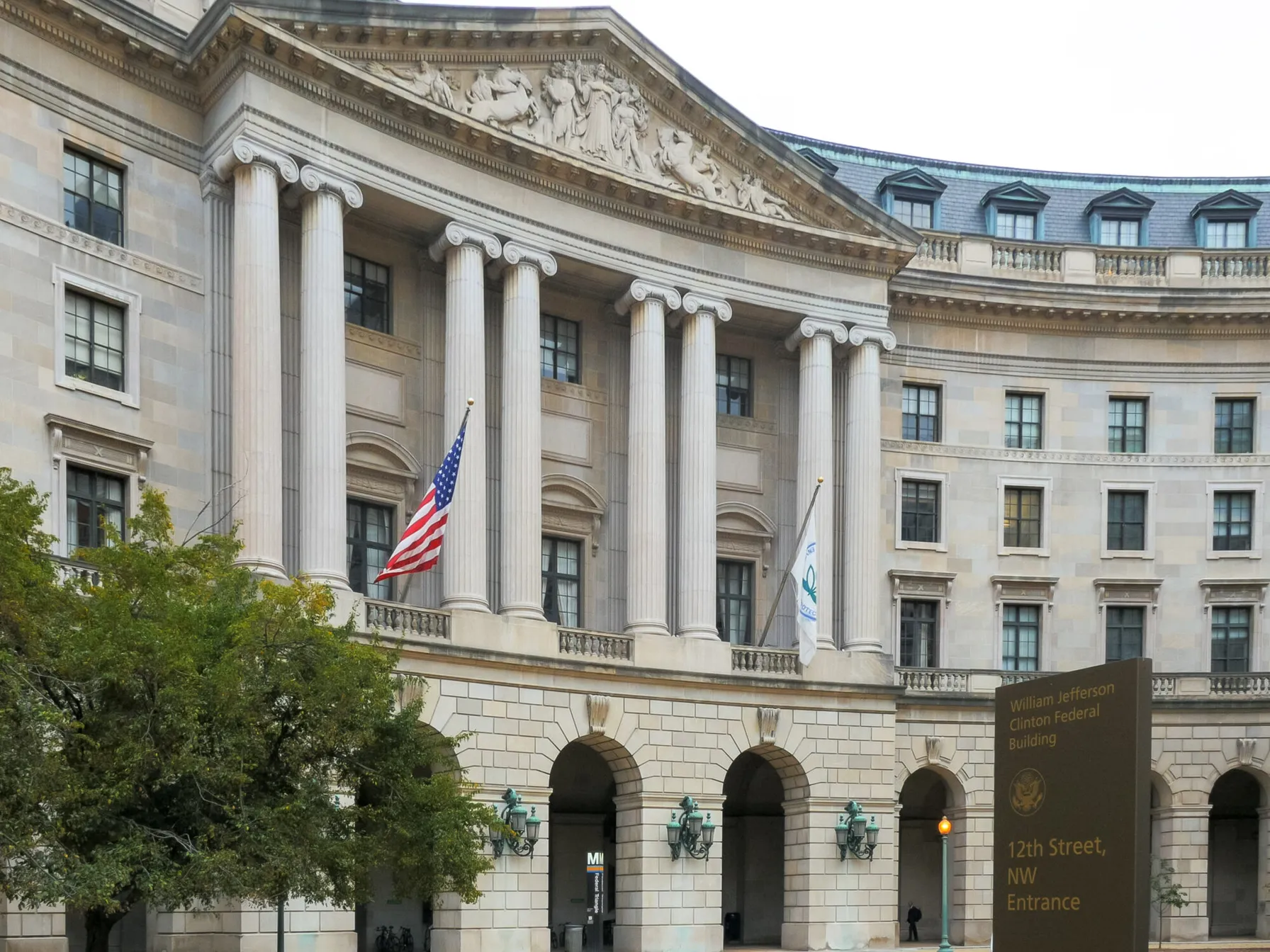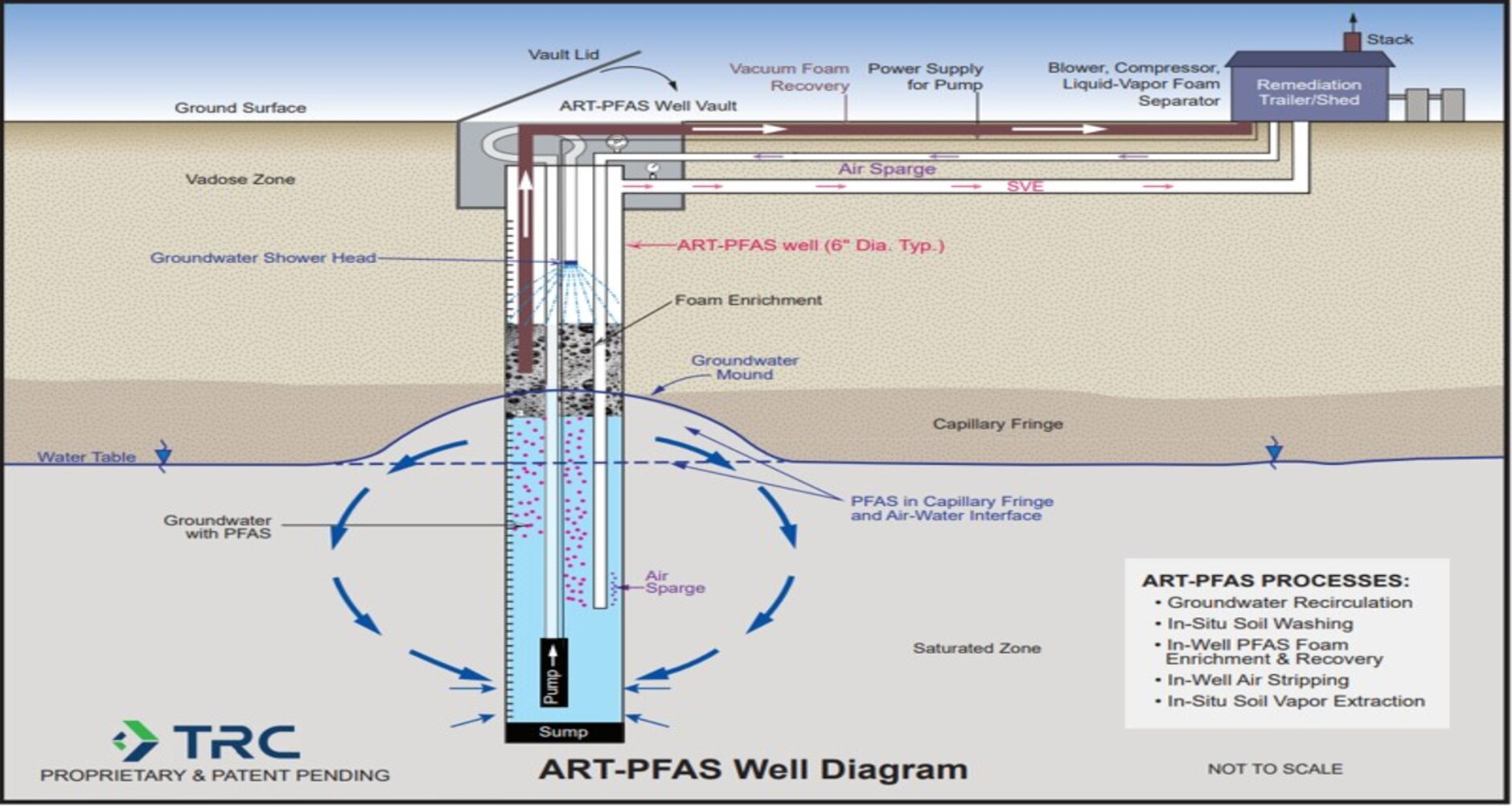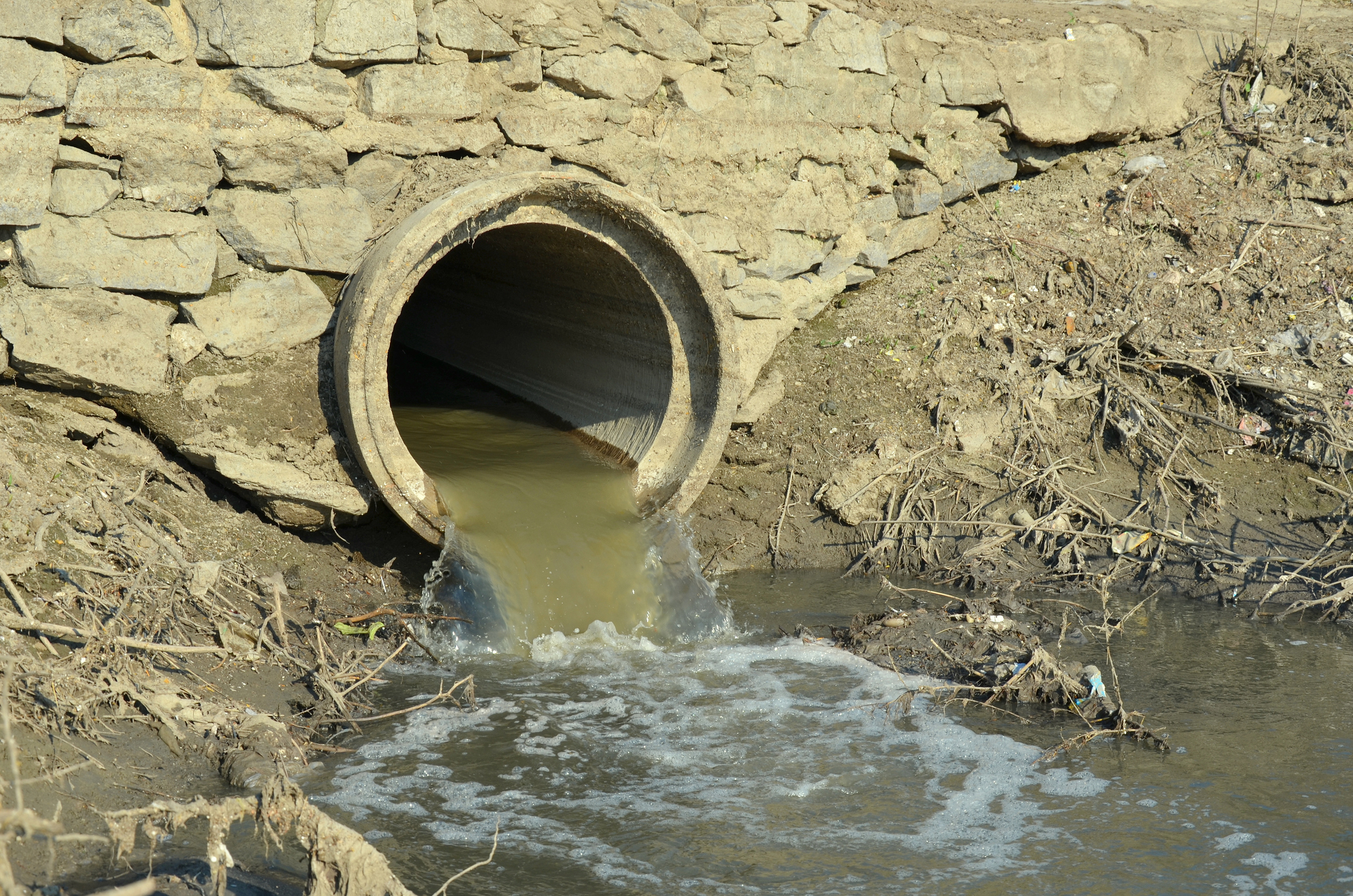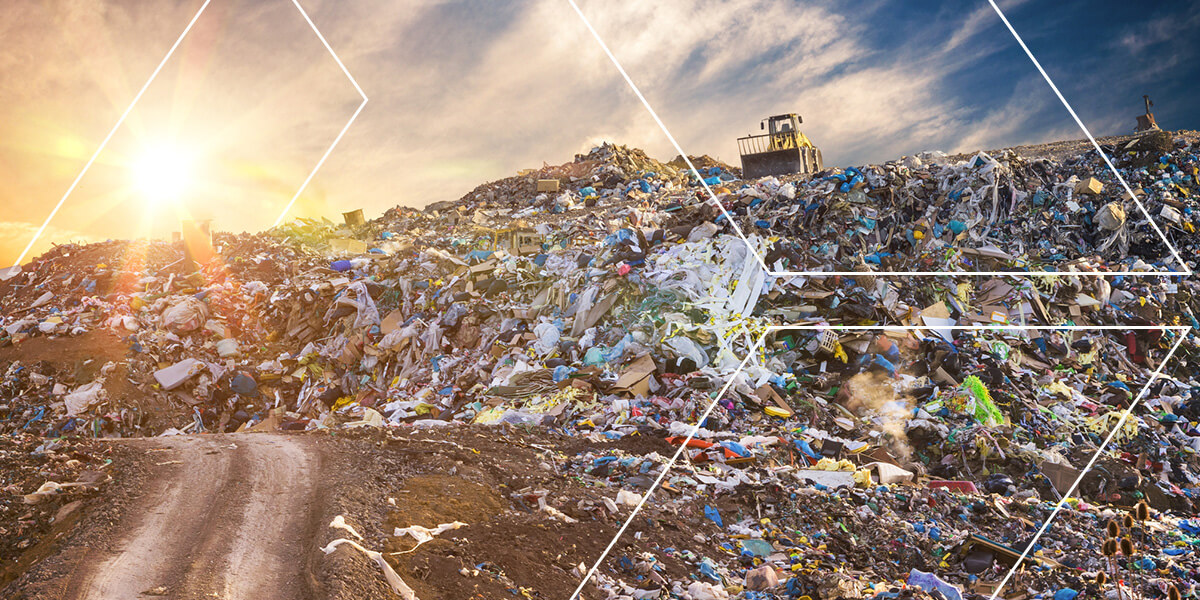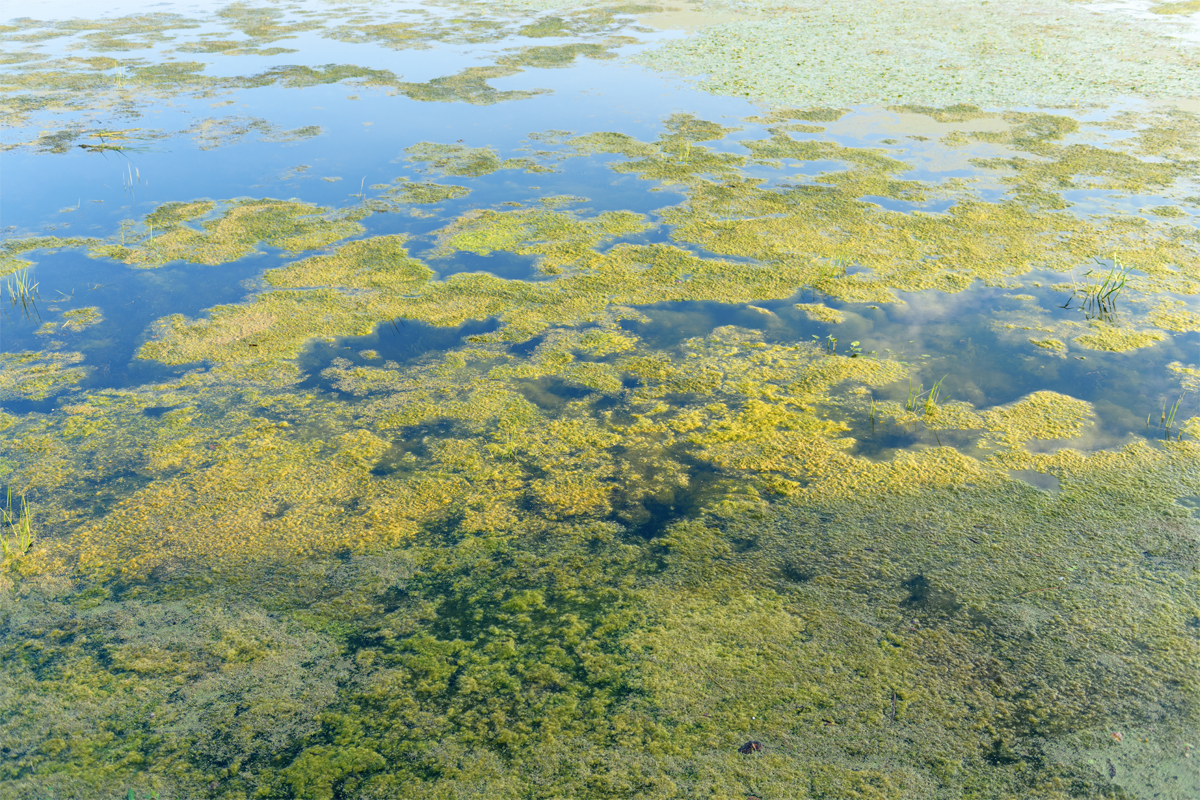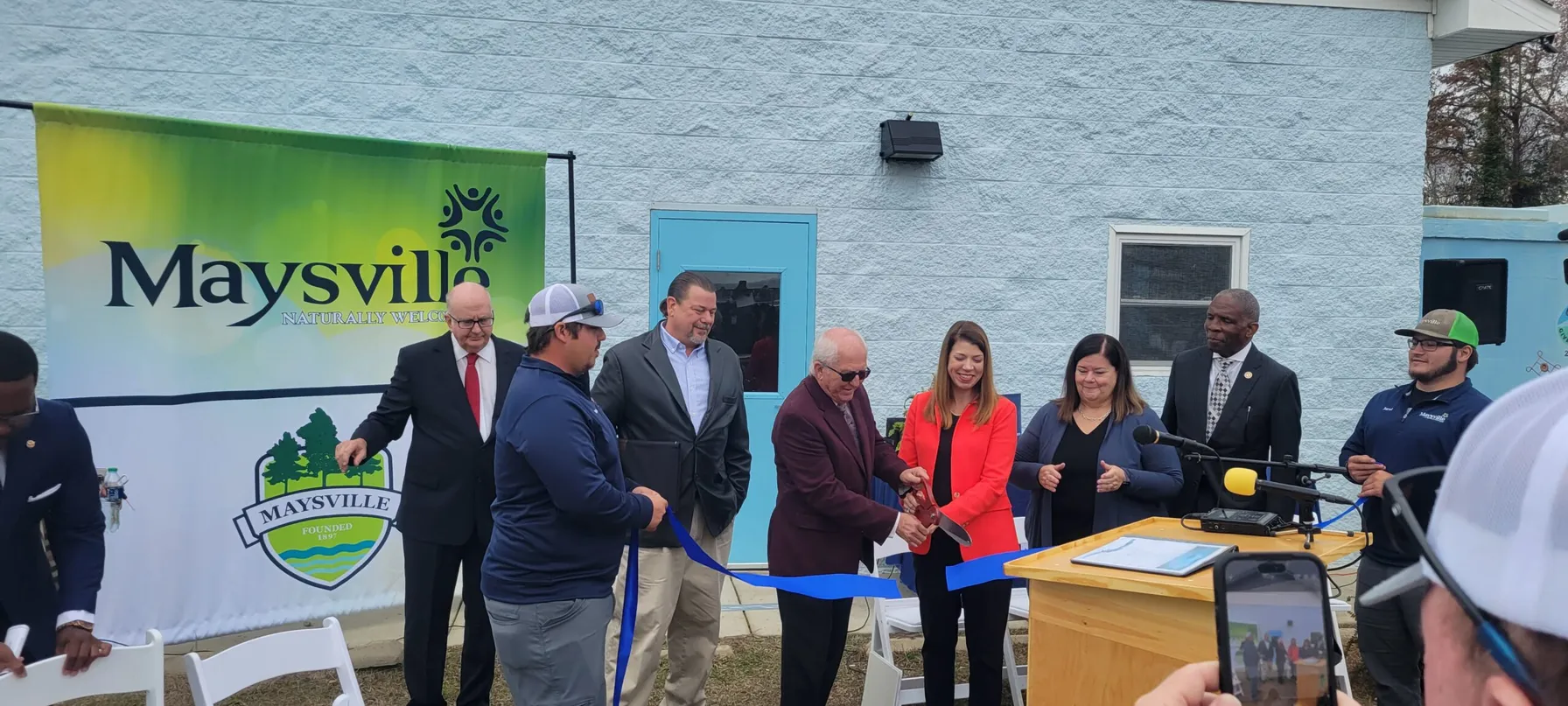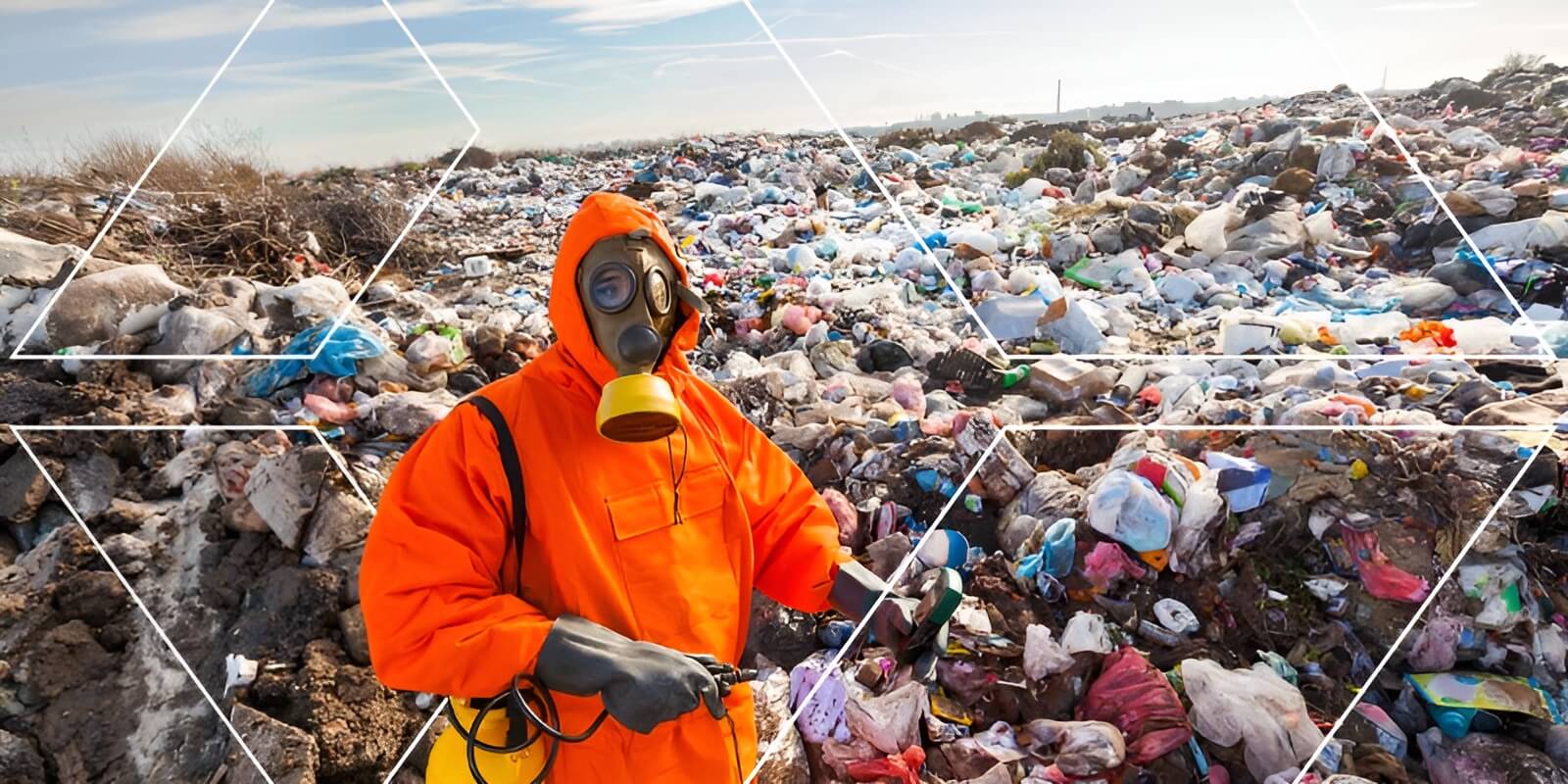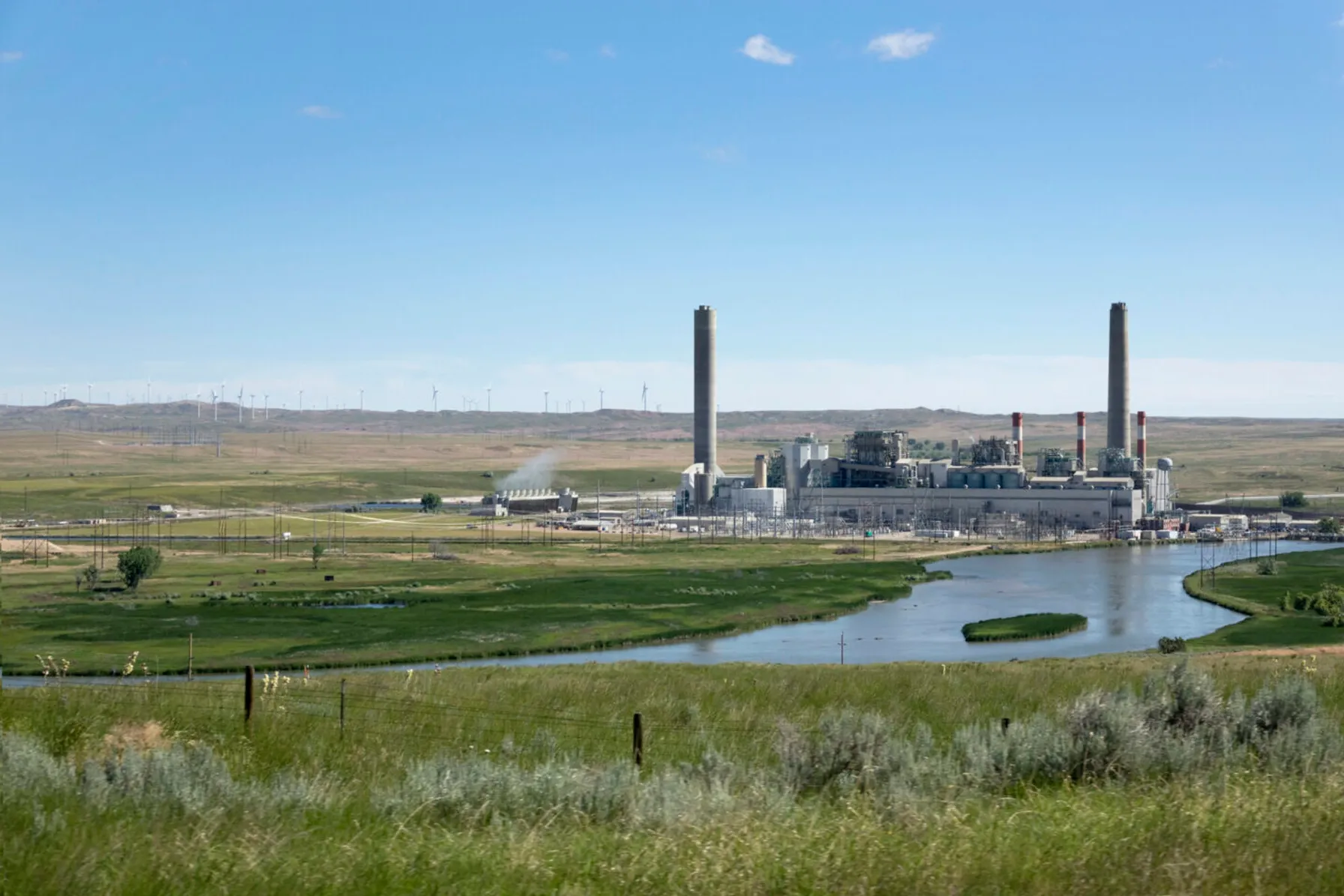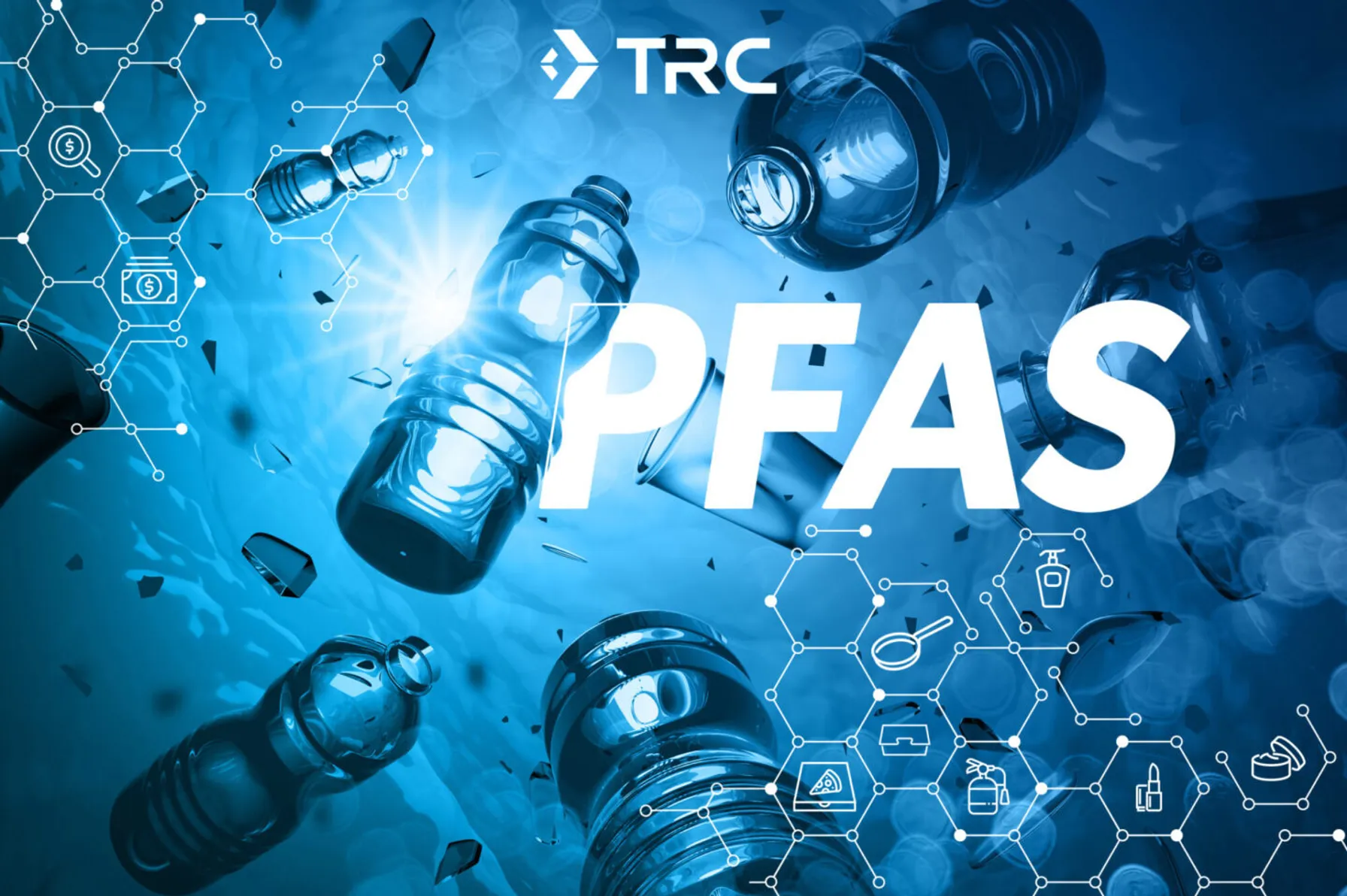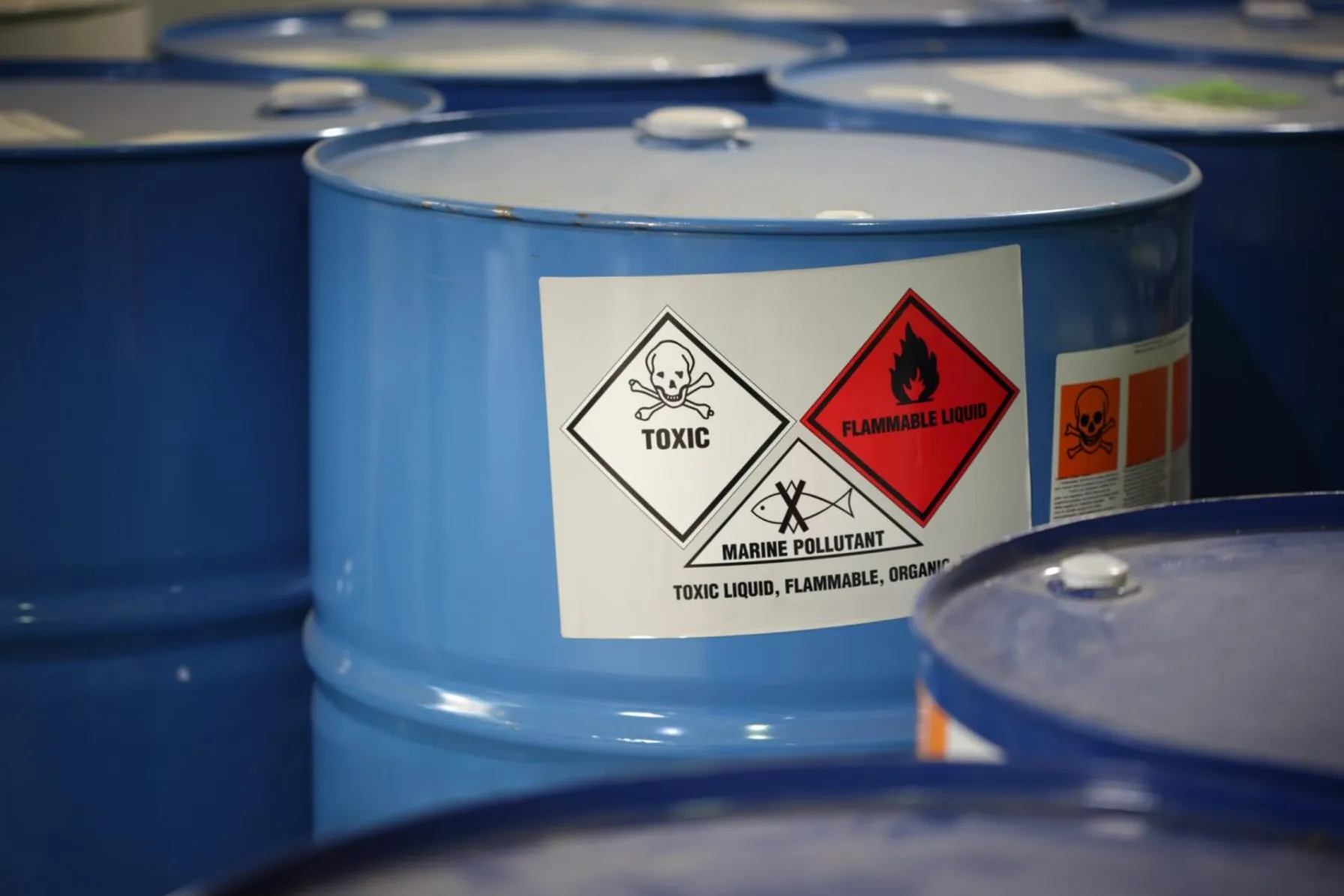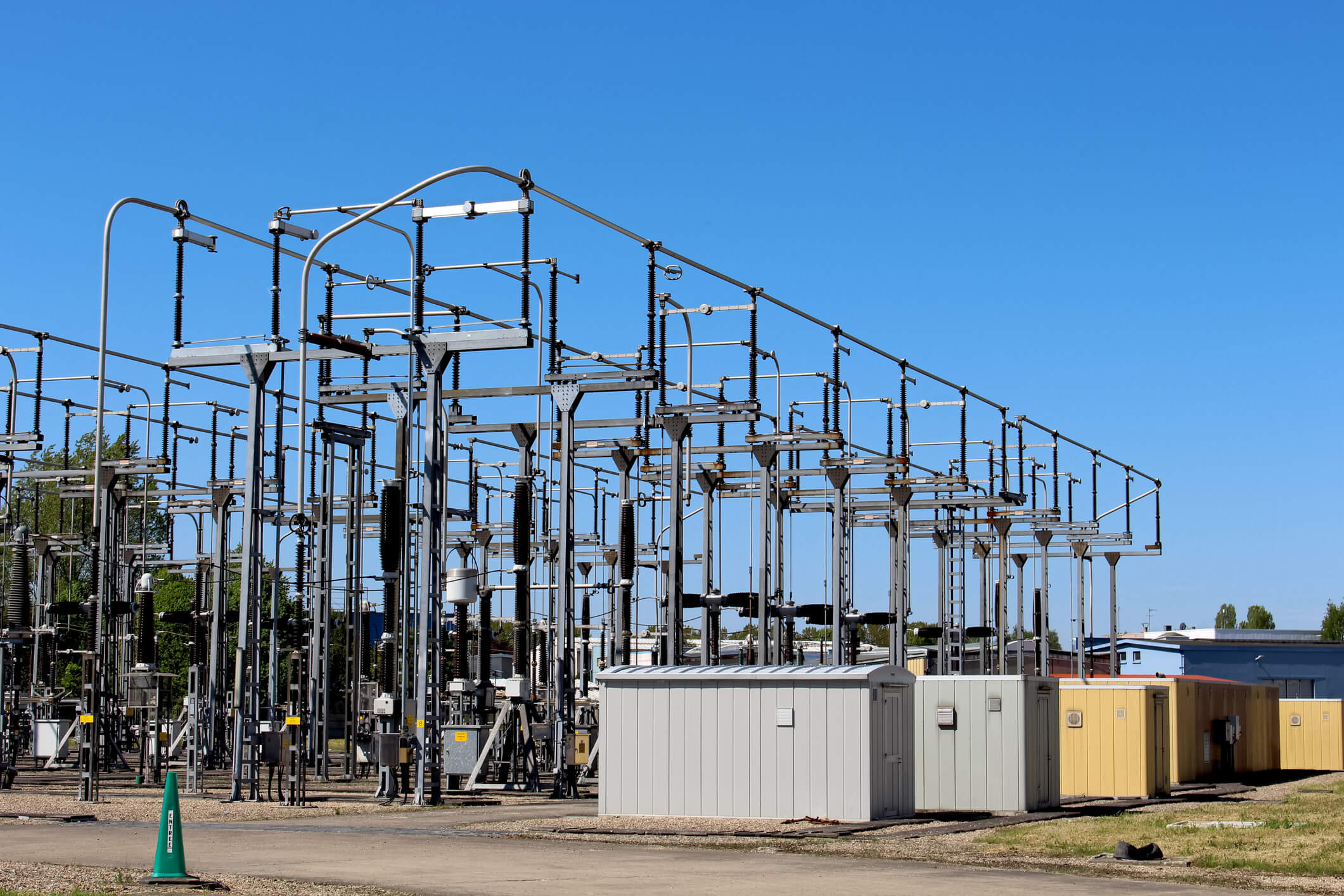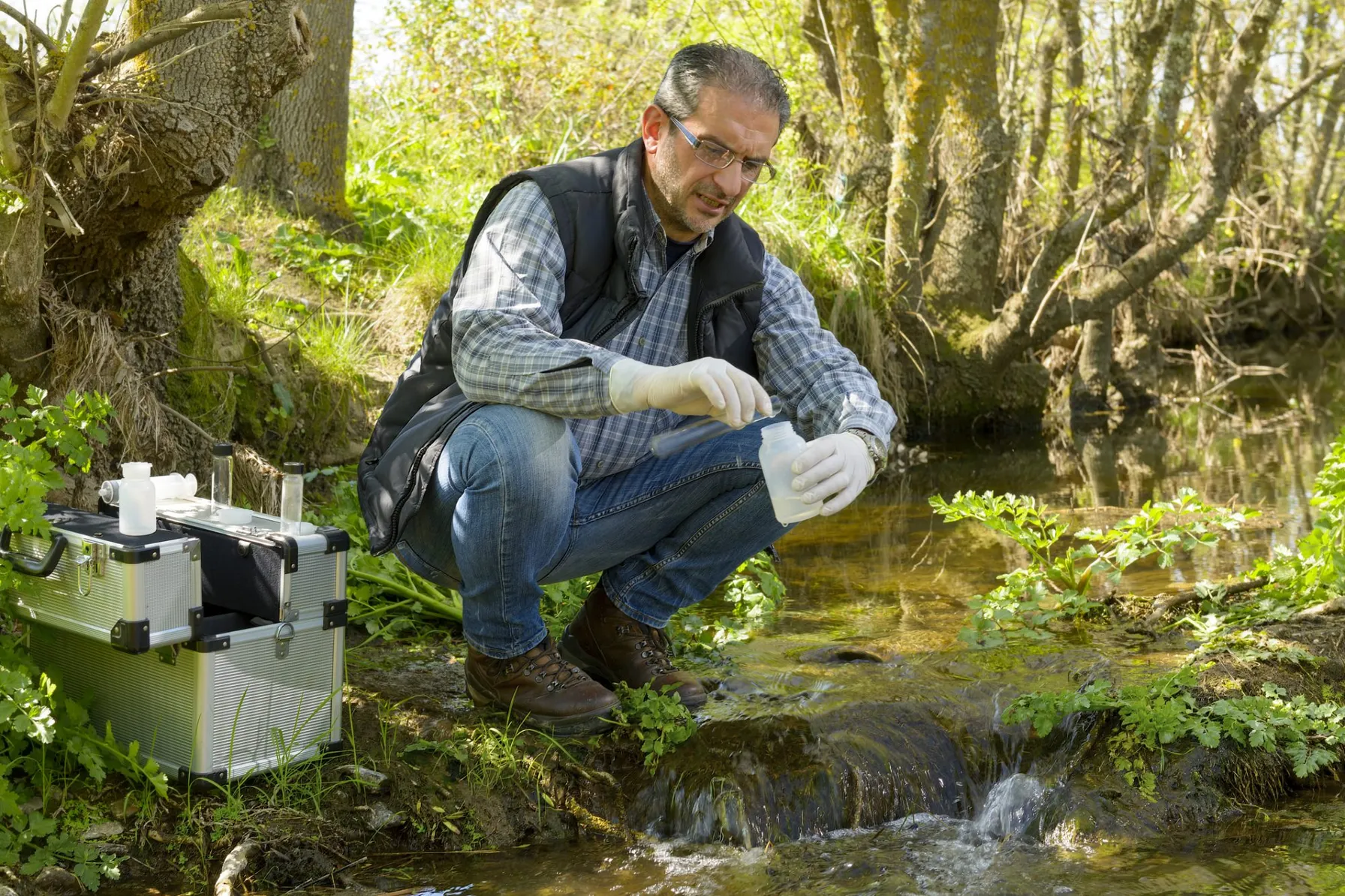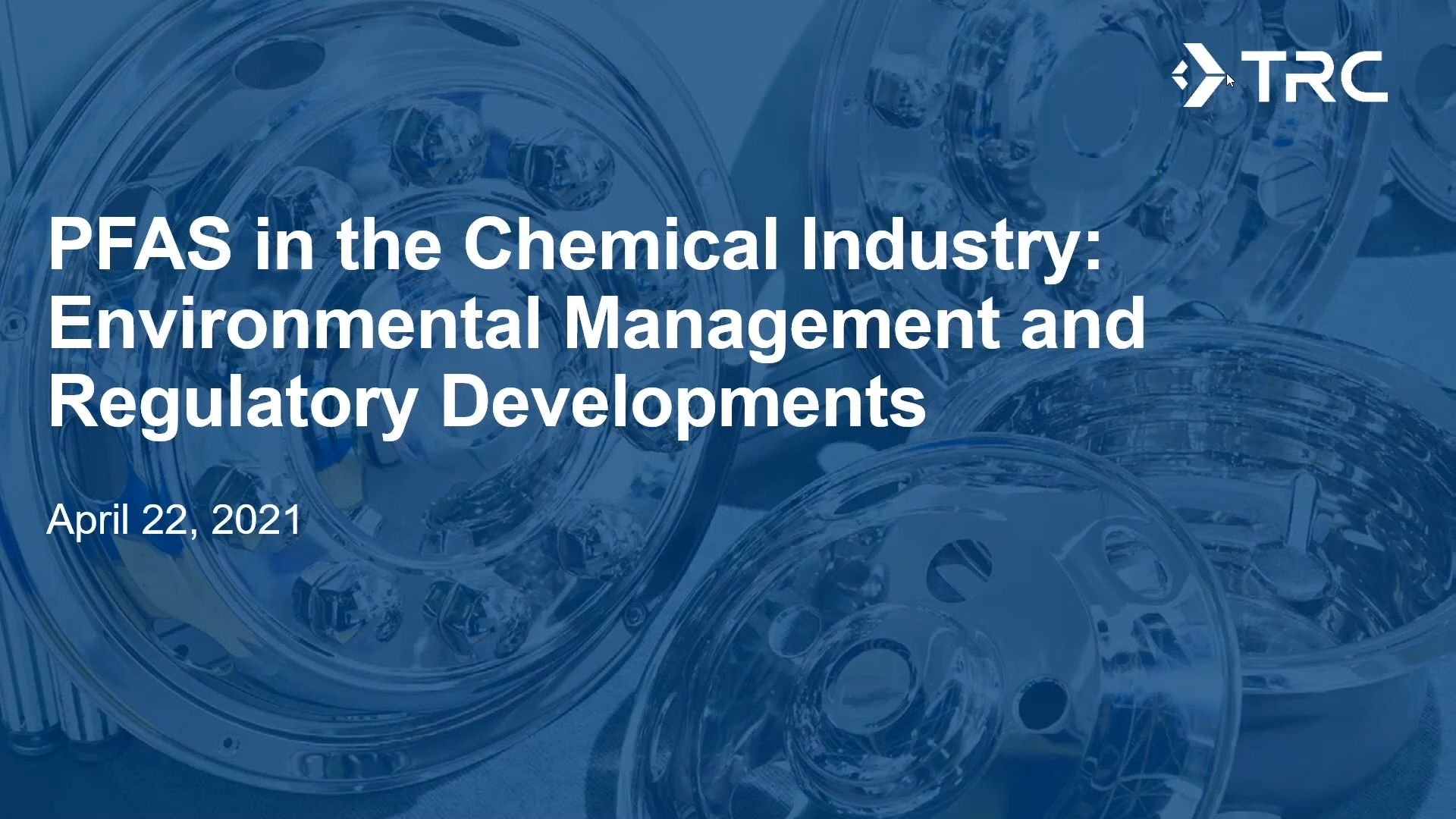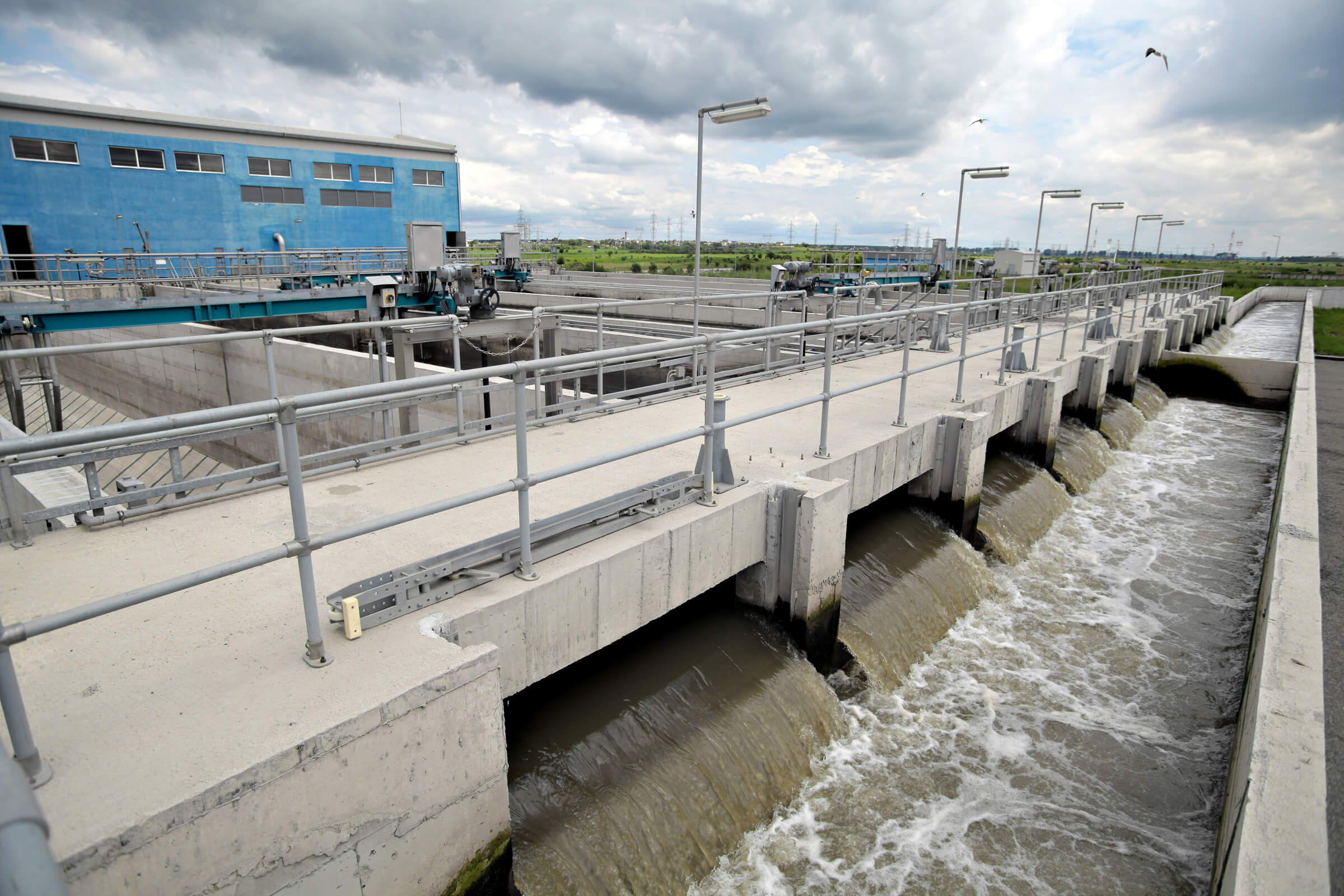Author: Joyce Peterson & Mark Robinson | March 1, 2024
On February 8, 2024, the U.S. Environmental Protection Agency (EPA) published its Proposed Rule for Listing of Specific PFAS as Hazardous Constituents under the Resource Conservation and Recovery Act (RCRA). The public comment period for the proposed rule will end April 8, 2024, 60 days from the date of publication.
The proposed rule will add nine per-and polyfluoroalkyl substances (PFAS), including their acid forms, salts and structural isomers, as RCRA Hazardous Constituents, including:
Related Services
These PFAS chemicals would be added to 40 CFR 261 Appendix VIII [Appendix VIII]
The designation of a chemical to the RCRA hazardous constituent list means that it has been shown in scientific studies to have toxic, carcinogenic, mutagenic or teratogenic effects on humans or other life forms. Appendix VIII identifies the universe of chemicals of concern under RCRA for two main purposes:
- Establishing requirements for monitoring and/or corrective measures in RCRA Part B permitted facilities or interim status facilities, and
- Determining if a waste contains hazardous constituents and, therefore, should be considered for “listing” as a hazardous waste.
According to EPA, the principal impacts of this rule will be on the RCRA Corrective Action Program. The RCRA hazardous constituent listings will facilitate requiring additional corrective action to address PFAS associated with solid waste management units (SWMUs) at treatment, storage and disposal facilities (TSDFs) and interim status facilities that are subject to RCRA.
For RCRA-permitted facilities (or facilities subject to RCRA) not undergoing corrective action, the potential effect of the inclusion of PFAS as hazardous constituents should also be considered. For example, the requirement for monitoring and the potential for future corrective action at a commercial TSDF will likely result in the TSDF requiring PFAS information from generators during the profiling process prior to waste acceptance.
In addition, for non-commercial TSDFs, the addition of these PFAS to Appendix VIII could result in additional investigation or monitoring for on-site SWMUs that are either undergoing or have completed corrective action.
Including a chemical in Appendix VIII enables it to be considered for hazardous waste listing, but it is distinct from a hazardous waste listing. The Appendix VIII list should NOT be used by generators to identify a waste as hazardous under the RCRA program. However, EPA has indicated that it intends to proceed toward a future rulemaking for regulating these chemicals as listed hazardous wastes.
RCRA Corrective Action for Statutory Wastes
Concurrently, EPA is proposing a rule clarifying the scope of hazardous waste subject to corrective action under RCRA. The public comment period for this proposed rule will end March 11, 2024, 30 days from the date of publication. The proposed rule will clarify the scope of corrective action to encompass the statutory definition of hazardous waste under RCRA Section 3004(u) and (v), and not be limited to the regulatory definition of hazardous waste. Once EPA receives clarified regulatory authority to drive corrective action based on the easier-to-assert statutory definition, the otherwise required steps for modifying regulations could potentially be side-stepped. This clarification is expected to result in increased corrective action activity for emerging contaminants such as PFAS.
State Authorization and Effective Dates
TRC Can Help
Planning today will provide valuable time to review chemicals, suppliers and the best strategy to address this new requirement. For over 50 years TRC has built teams of nationally recognized experts, including PFAS, RCRA, and CERCLA reporting, to support a wide range of industry sectors with chemical management challenges. Reach out to our experts below or your TRC project manager for assistance with PFAS-related environmental reporting.

Adding PFAS to CERCLA & RCRA
EPA has also published a proposed rulemaking to add specific PFAS compounds as hazardous substances under the Comprehensive Environmental Response, Compensation, and Liability Act (CERCLA or Superfund). This proposed rule provides a reportable quantity (RQ) for the specific PFAS of 1 pound and requires reporting of releases at or above that RQ. While the proposed rule only adds this reporting requirement, a hazardous substance designation under CERCLA, as with RCRA, expands the potential scope of remedial investigations and remedial actions. The final rule has been delayed but is anticipated for spring 2024.
As far as an effective date for the addition of PFAS to CERCLA hazardous substance list in 40 CFR 302.4, Section 553(d)(3) of the Administrative Procedure Act (APA) provides that final rules shall not become effective until 30 days after publication in the Federal Register “except . . . as otherwise provided by the Agency for good cause.” The purpose of this provision is to “give affected parties a reasonable time to adjust their behavior before the final rule takes effect.”
However, EPA has, in previous rule makings, determined that the addition of substances to this list is, in some circumstances, an administrative change that does not affect substantive requirements. Whether this will be the case for the addition of these PFAS chemicals remains to be seen when the final rule is published.
Considered together, these three proposed rules – listing of PFAS as RCRA hazardous constituents, clarifying that EPA can require RCRA corrective action on statutory wastes, and adding certain PFAS to CERCLA – will provide the framework for “how” the agency will require responses to PFAS impacts. It will be interesting to see how these requirements unfold given the ubiquitous distribution of detectable (part per trillion range) PFAS in the environment.
Sharing Our Perspectives
Our practitioners share their insights and perspectives on the trends and challenges shaping the market.
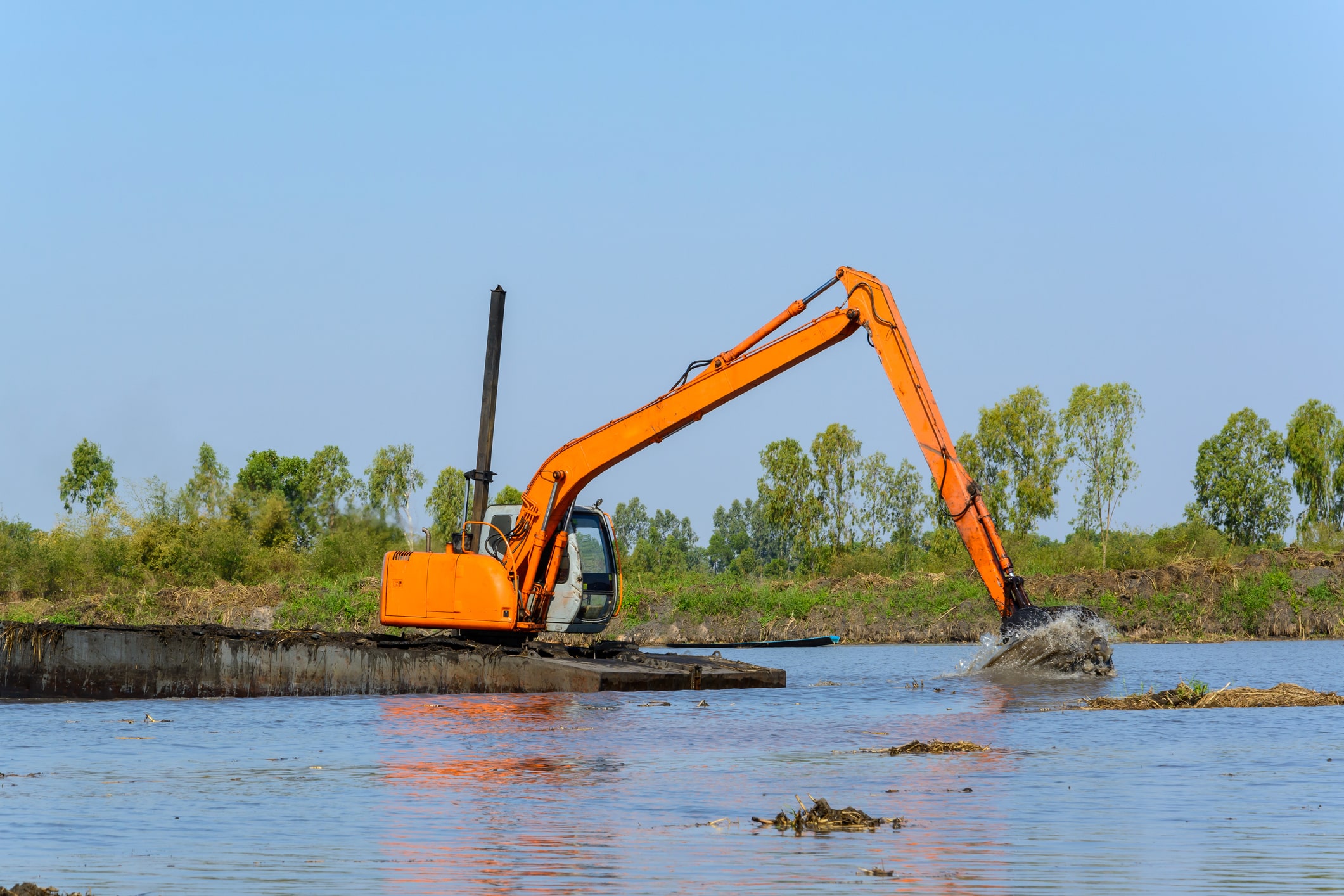
Treatment of PFAS to Allow for Beneficial Use of Impacted Dredged Sediments
July 18, 2024
Approximately 200 to 300 million cubic yards of sediment are dredged each year by the US Army Corps of Engineers (USACE) and other federal interests (USEPA, 2007).
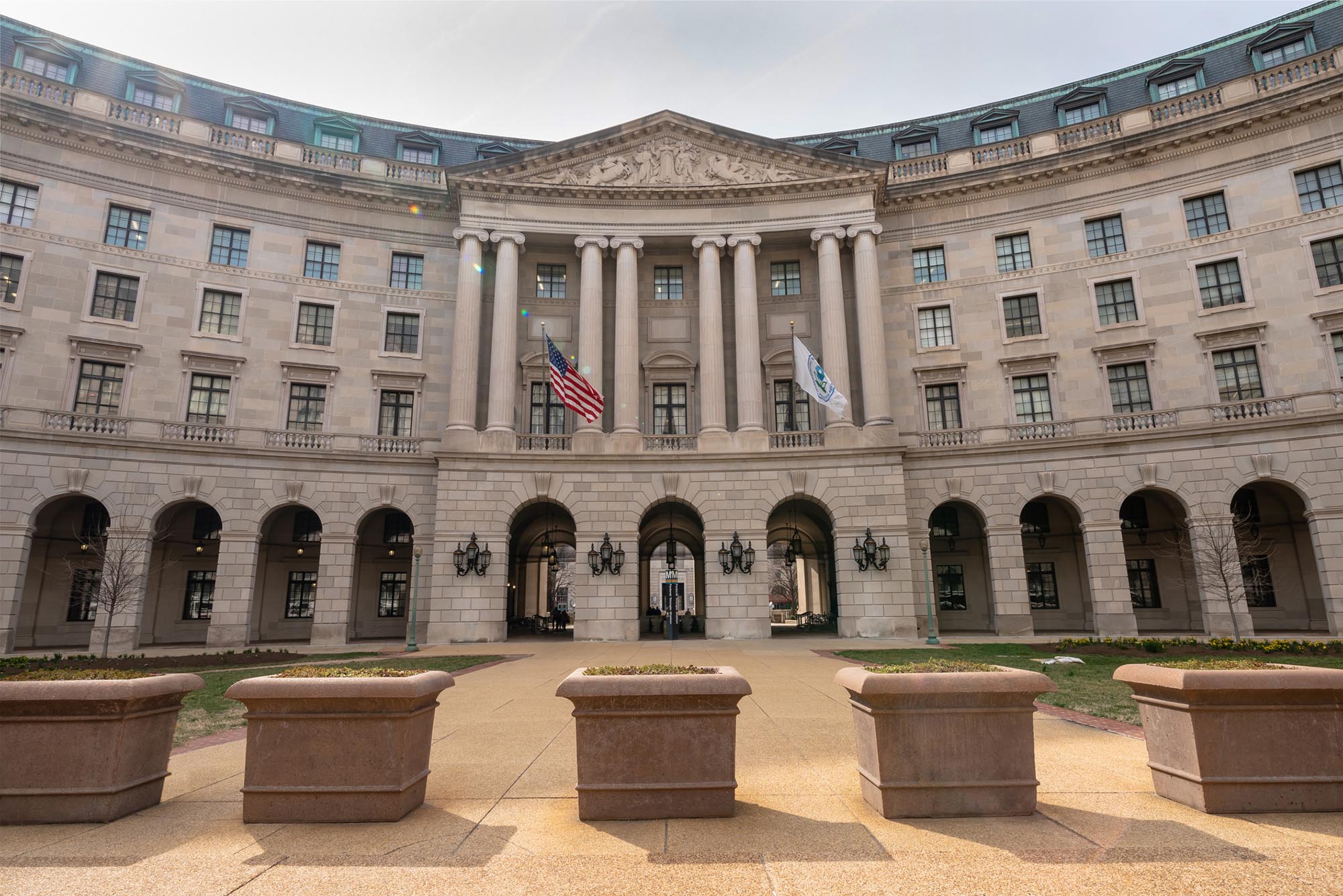
Coming at You Fast – The Latest on RCRA and PFAS Regulations
March 1, 2024
The EPA published its Proposed Rule for Listing of Specific PFAS as Hazardous Constituents under the Resource Conservation and Recovery Act (RCRA).

New EPA Rule Impacts PFAS TRI Reporting and Supplier Notifications
November 20, 2023
What Affected Facilities Need to Know About Applicability, Reporting Changes and Deadlines

EPA Proposes Changes to Air Emissions Reporting Requirements (AERR)
August 30, 2023
The EPA is proposing updates to their Air Emissions Reporting Requirements (AERR) through amendments to 40 CFR Parts 2 and 51.
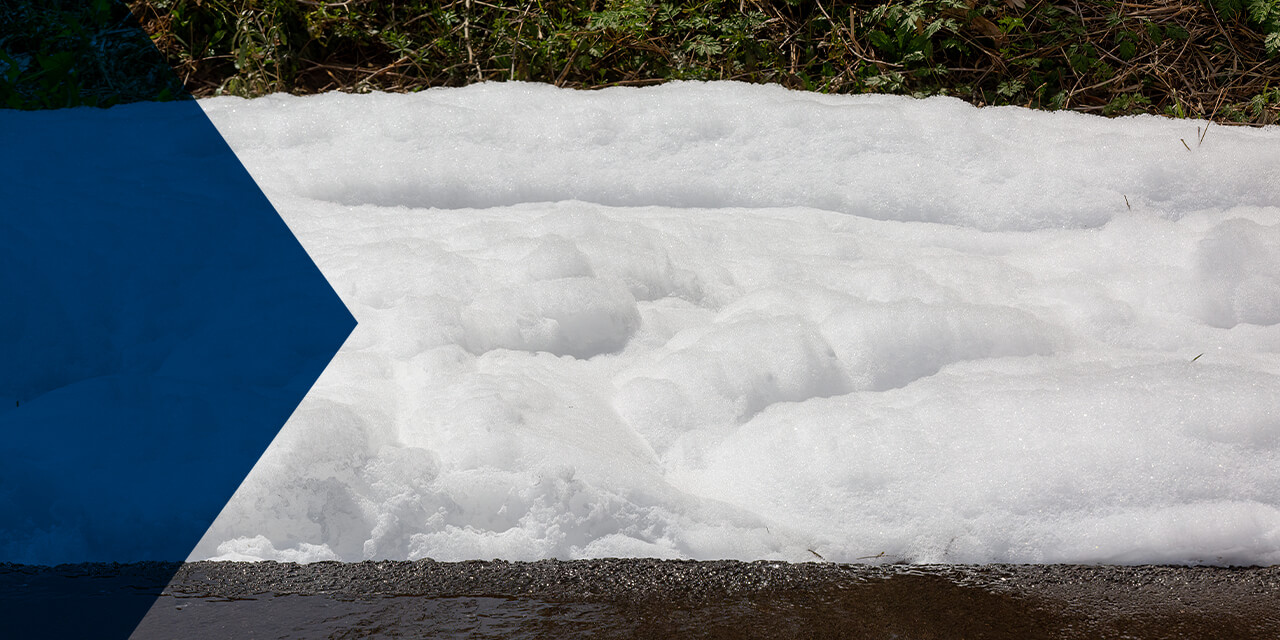
How Does PFAS Contamination Impact the Environment?
August 11, 2023
PFAS are widely used in the production of numerous products. Some PFAS chemicals are the by-product of manufacturing processes. As a result, PFAS contamination is widespread, with PFAS being found nearly everywhere in the world.

Helping Airports Identify and Mitigate PFAS Risks
May 30, 2023
This white paper focuses on some unique strategies and situations we have encountered at some airport sites.

EPA Finds Trichloroethylene Presents Unreasonable Risk in Final Risk Evaluation
April 6, 2023
On Jan 9, 2023, the United States Environmental Protection Agency (EPA) revised the Toxic Substance Control Act (TSCA) to reflect a new risk determination for trichloroethylene (TCE).

Proposed Use of a Hazard Index for PFAS National Primary Drinking Water Regulation (NPDWR)
April 4, 2023
The Proposed MCL and MCLG for the four PFAS, PFNA, PFHxS, GenX, and PFBS, considers their toxicity as additive. The EPA has proposed a HI of 1.0 as the MCL and MCLG for the four PFAS combined.

Proposed MCLGs and MCLs for PFAS
March 15, 2023
Final Regulatory Determination for Contaminants on the Fourth Drinking Water Contaminant Candidate List

QA and Chemistry Services
February 23, 2023
TRC offers many QA and Chemistry services including data usability assessments, limited and full data validation reports, quality assurance project plan preparation, selection of appropriate analytical methodologies and laboratory audits.
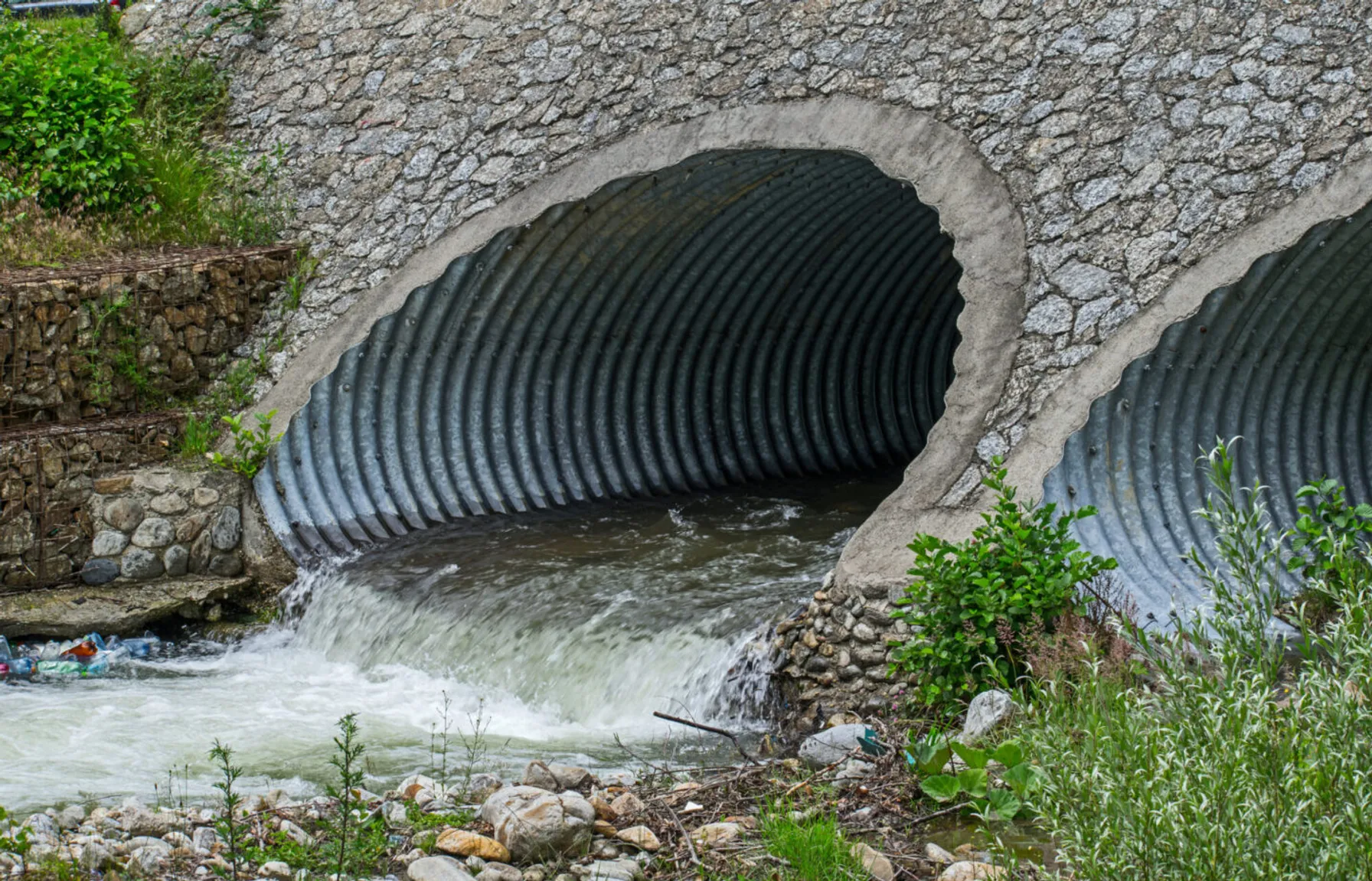
PFAS Fate and Transport
February 23, 2023
Understanding PFAS properties and behavior is key to effective detection and remediation.

PFAS Fate and Transport: Conceptual Site Models
February 23, 2023
The conceptual site model describes site-specific sources, release and transport mechanisms, exposure media, exposure points, exposure pathways and routes and potential human and/or ecological receptor populations.

EPA Announces $2 Billion in Funding to Address Emerging Contaminants in Drinking Water
February 14, 2023
Environmental Protection Agency Administrator Michael Regan announced $2 Billion in infrastructure funding to help the nation’s rural water supplies.
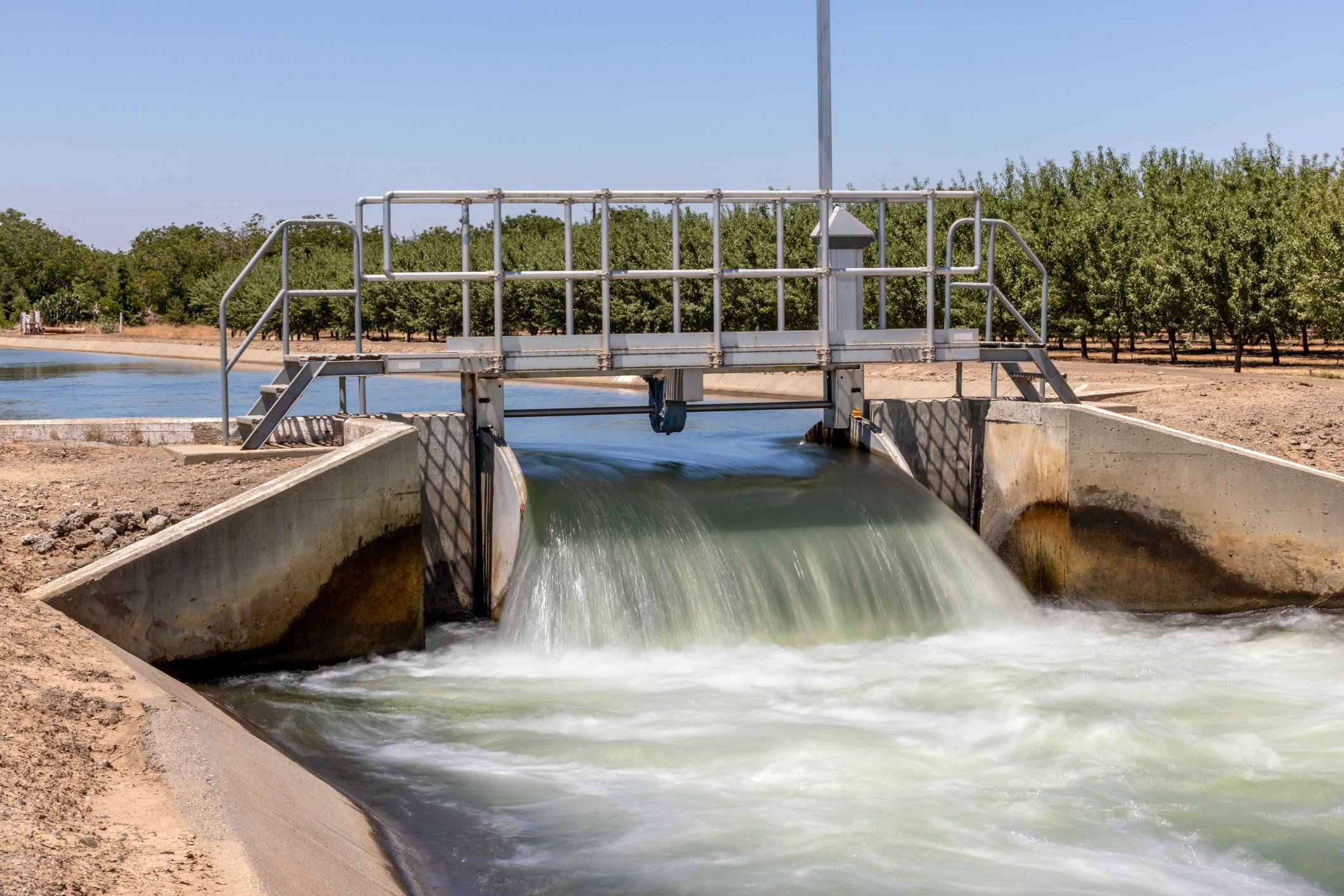
EPA Publishes Effluent Guidelines Program Plan 15
February 14, 2023
The EPA announced updated effluent limitations guidelines under Plan 15, focusing on the evaluation and rulemaking process for per- and polyfluoroalkyl substances (PFAS) discharges.
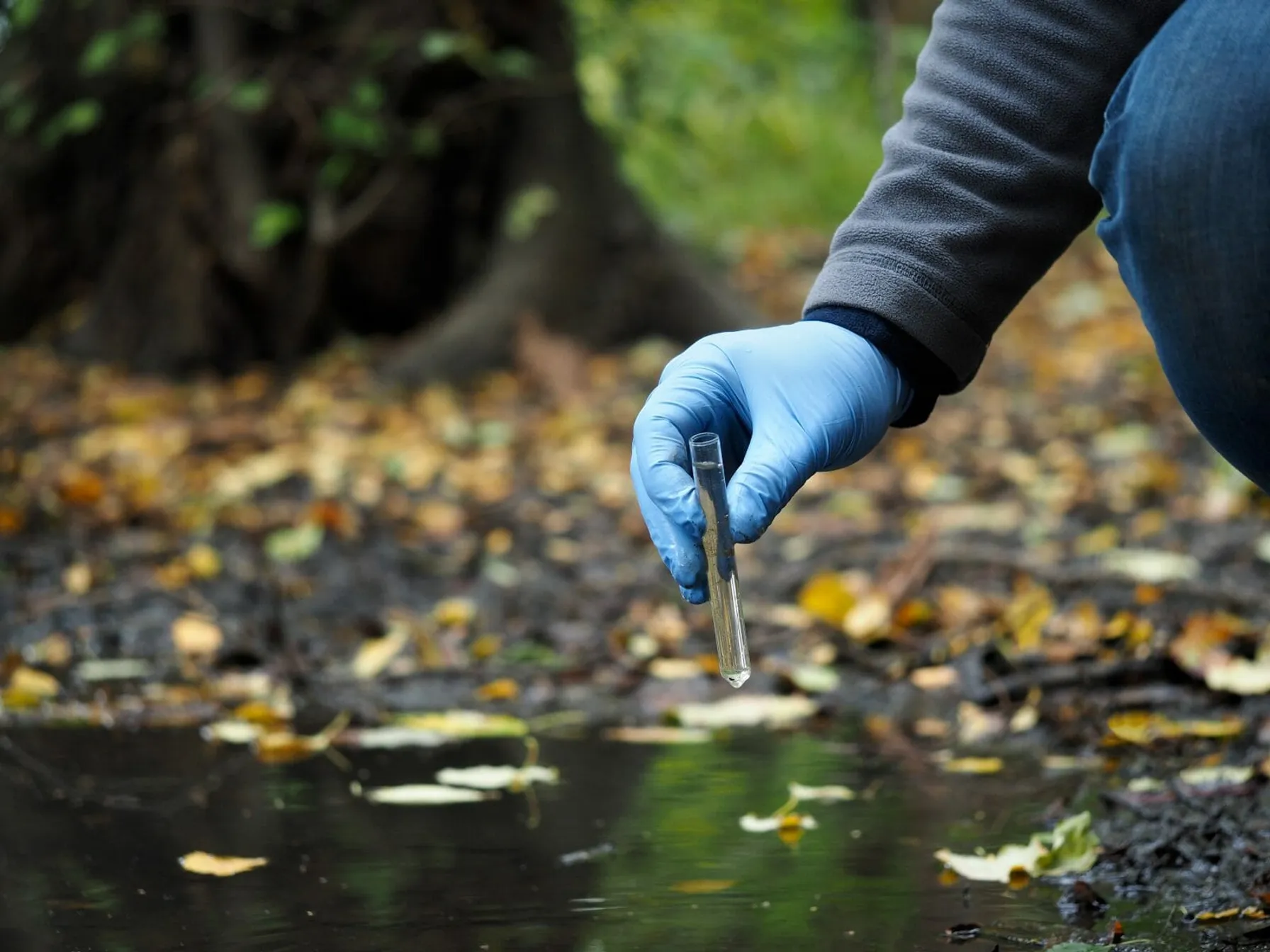
PFAS: Remedial Approaches
February 8, 2023
Remediating Per- and poly-fluoroalkyl substances (PFAS) from the soil and water requires effective techniques and innovative technologies. TRC’s experts are well versed in several remediation strategies intended to remove PFAS and prevent re-exposure.

TRI PFAS Reporting Requirements Continue to Expand
January 25, 2023
The list of PFAS for TRI reporting has increased to a total of 189 for reporting year 2023.
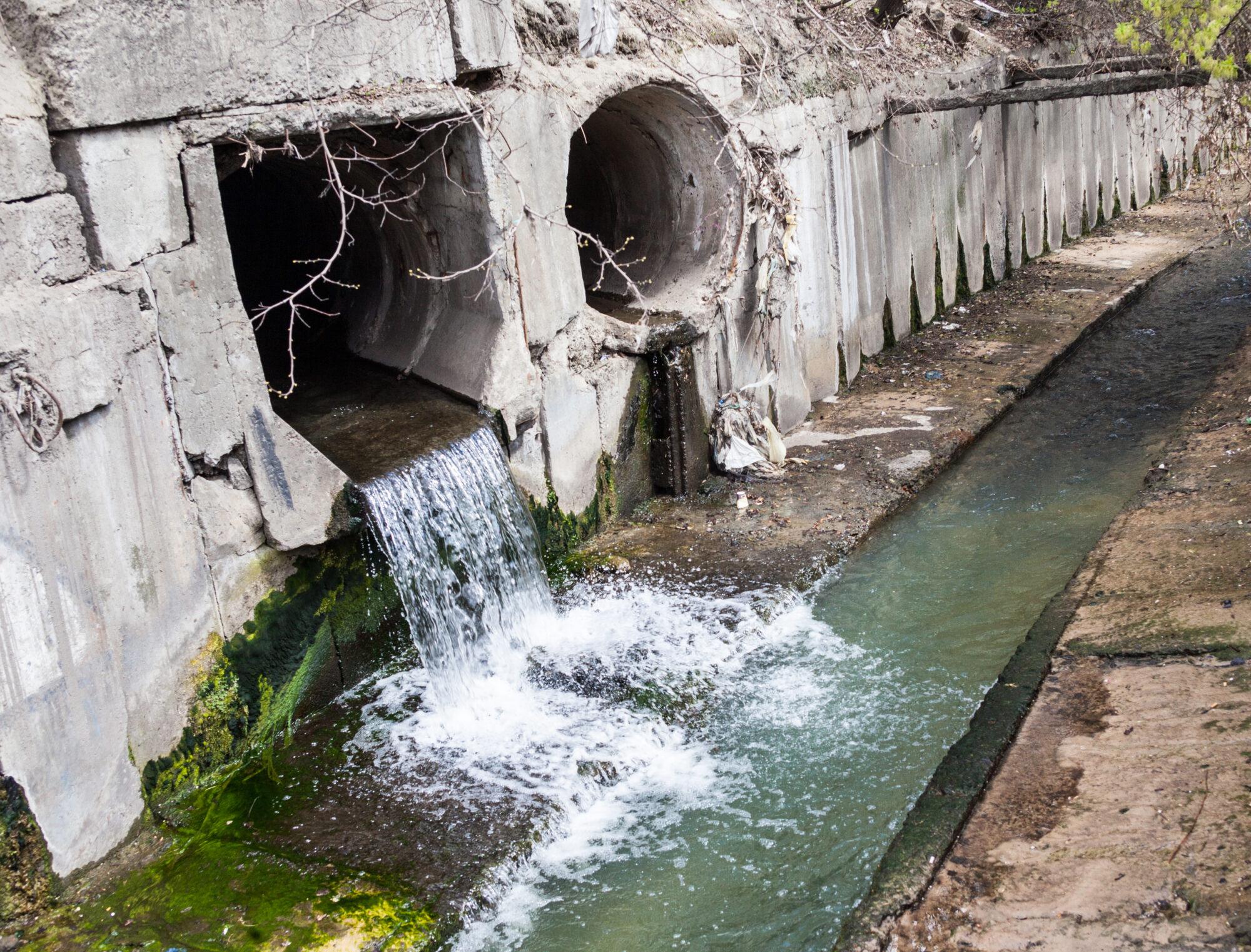
PFAS Discharges in NPDES Permits
December 19, 2022
In a follow-up to the EPA Office of Water’s April 28, 2022 memo, EPA released “Part 2″, providing guidance for the NPDES permitting/pretreatment program as it relates to restricting discharges of PFAS to water bodies.

Washington State Establishes PFAS Cleanup Levels
September 21, 2022
The Washington State Department of Ecology (Ecology) recently published a list of 6 PFAS compounds that now have soil and groundwater cleanup levels

New National Emerging Contaminants Research Initiative
September 12, 2022
The Executive Office of the President of the United States announced a National Emerging Contaminant Research Initiative
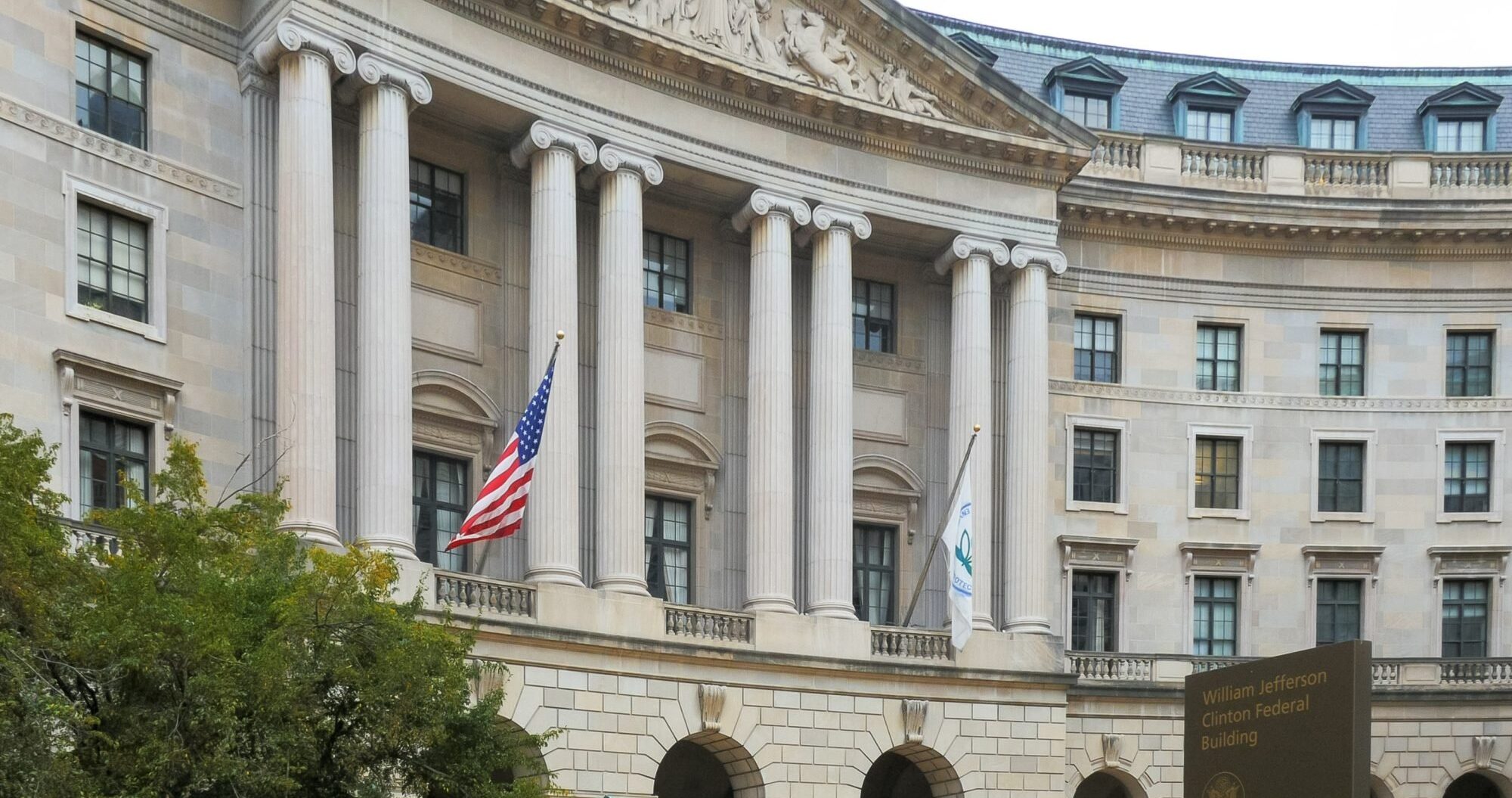
EPA Issues Proposed Rule Designating PFOA and PFOS as Hazardous Substances
September 7, 2022
The EPA has issued a pre-publication version of a proposed rule to designate two PFAS compounds as hazardous substances under CERCLA.

Five New PFAS Added to EPA Regional Screening Levels (RSLs)
June 24, 2022
EPA announced the addition of five new PFAS to the list of Regional Screening Levels (RSLs)

EPA Announces Updated Drinking Water Health Advisories for Four PFAS Chemicals: PFOS, PFOA, PFBS, & GenX
June 24, 2022
On June 15, 2022, the EPA released updated Health Advisory Levels for four per- and polyfluoroalkyl substances (PFAS) in drinking water
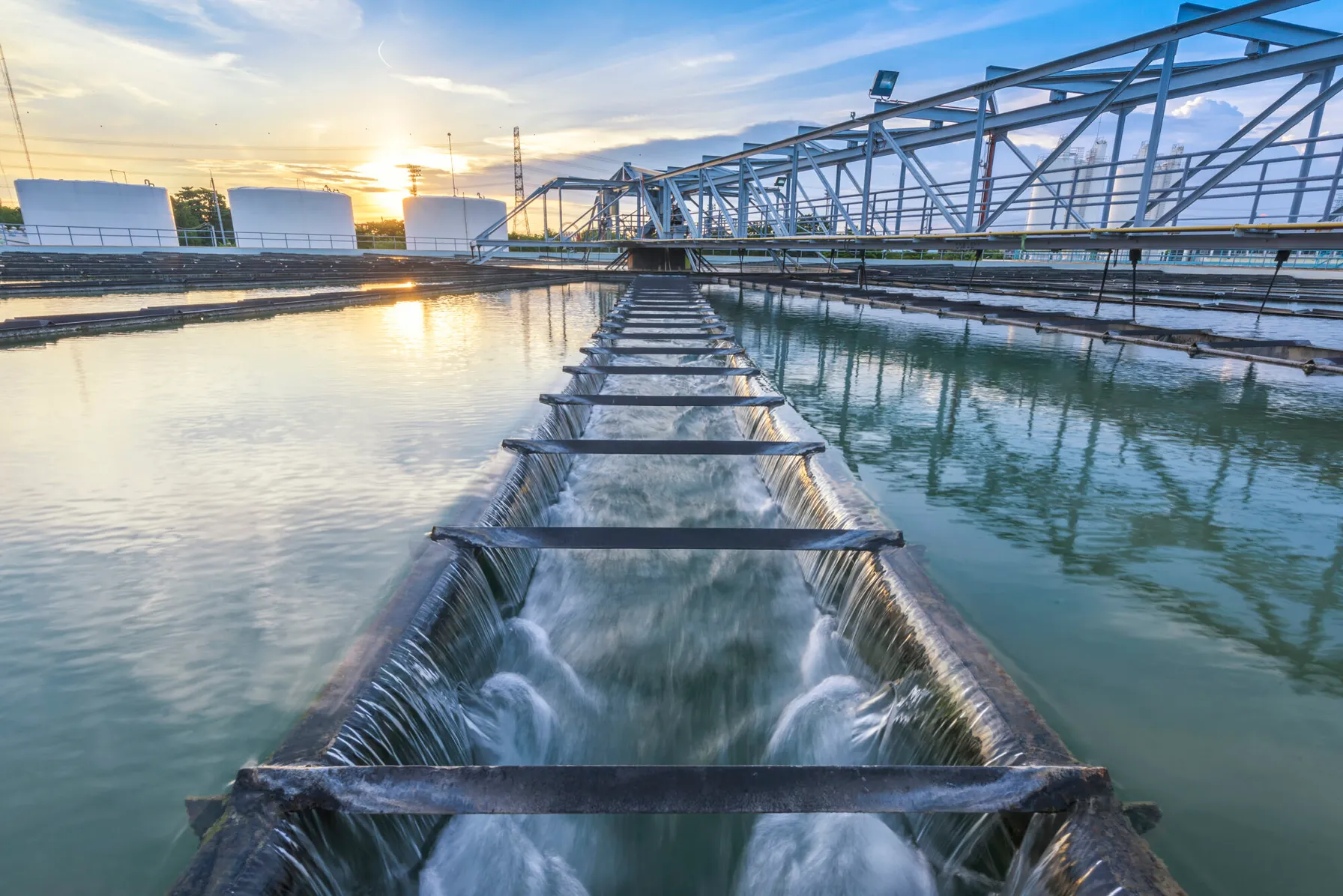
Integrating Sustainability, Digital Connectivity and Design Optimization in Wastewater Treatment Systems
June 20, 2022
Some organizations rarely think about water and wastewater treatment, until there is a problem. American industry depends on the ability to treat wastewater discharges while complying with regulatory standards and addressing emerging contaminants. If wastewater treatment fails, our environment is negatively impacted, and companies are exposed to shutdowns, delays and fines.

Worst Case Discharges of Hazardous Substances – Proposed Rule
May 25, 2022
In compliance with the Clean Water Act (CWA), the U.S. Environmental Protection Agency (EPA) recently proposed a new rule for onshore non-transportation-related facilities requiring specified facilities to plan for worst case discharges (WCDs) of CWA hazardous substances that could cause substantial harm to the environment.
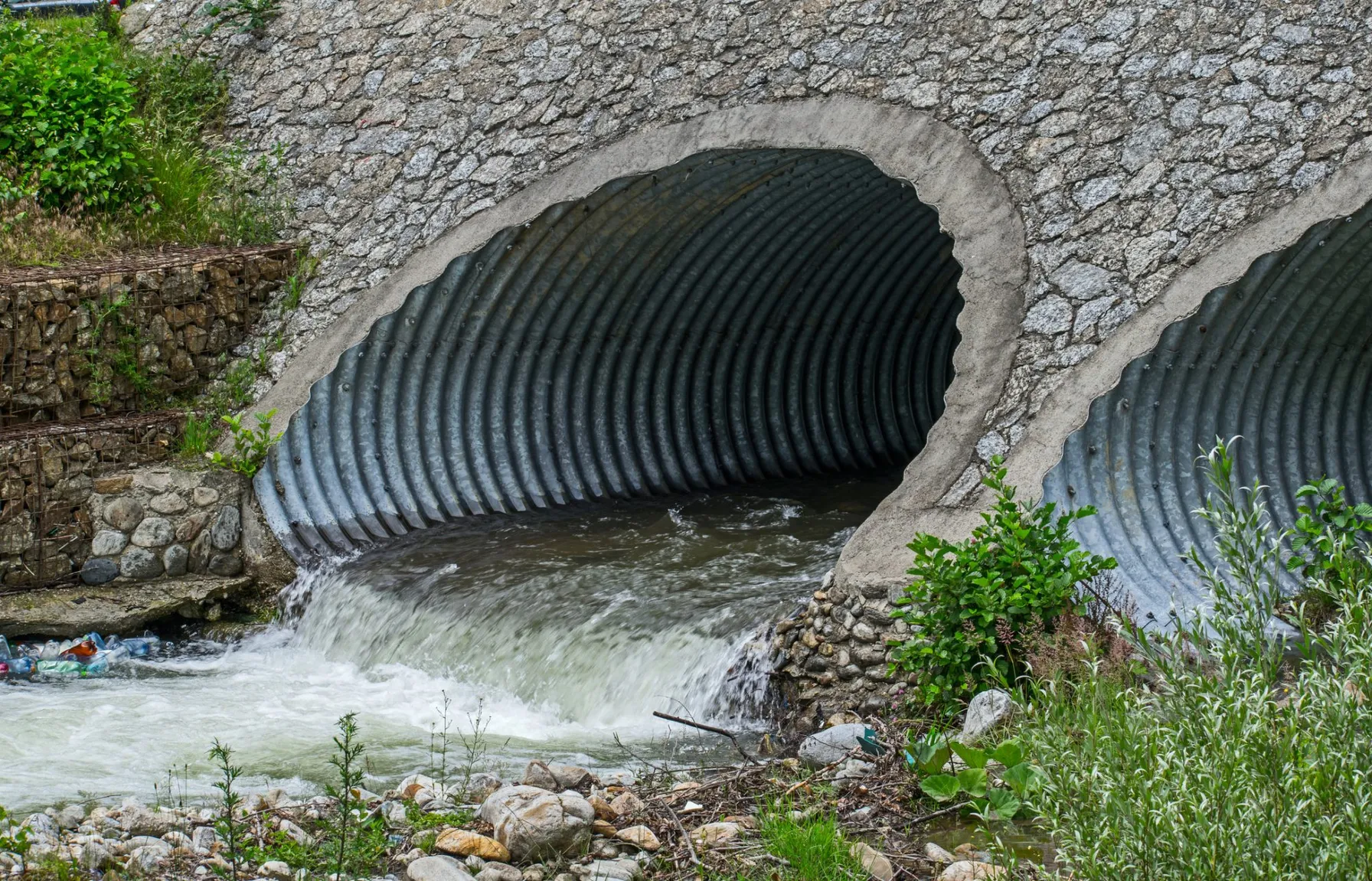
PFAS Discharges and NPDES Permits
May 25, 2022
On April 28, 2022, the U.S. Environmental Protection Agency’s (EPA) Office of Water released a memo addressing the use of National Pollutant Discharge Elimination System (NPDES) permits to restrict per- and poly-fluoroalkyl substances (PFAS) discharges to water bodies.

EPA Proposes Aquatic Life Criteria for PFOA and PFOS
May 25, 2022
On May 3, 2022, under the Clean Water Act (CWA), the United States Environmental Protection Agency (USEPA) proposed the first aquatic life criteria for both short-term and long-term toxic effects from Perfluorooctanoic Acid (PFOA) and Perfluorooctane Sulfonic Acid (PFOS).

SEC Releases New Proposed Rules Requiring Public Companies to Disclose Climate Risks
April 12, 2022
On March 21, 2022, the U.S. Securities and Exchange Commission (SEC) issued its proposed rules for The Enhancement and Standardization of Climate-Related Disclosures for Investors which would require public companies in the U.S. to disclose information in their annual financial reports.

PFOA & PFOS As CERCLA Hazardous Substances: What Does This Mean and How Can You Be Prepared?
February 17, 2022
A plan to designate two per- and polyfluoroalkyl substances (PFAS) as “hazardous substances” under CERCLA was recently submitted by the EPA.

New Phase I ESA Standard Will Affect Environmental Due Diligence
January 25, 2022
After years of review, revisions and discussions, the new ASTM E1527 Phase I Environmental Site Assessment (Phase I ESA) standard has been published. The new standard includes updates to definitions, clarifications on processes and requirements, and guidance for emerging contaminants.

Fifth Unregulated Contaminant Monitoring Rule Lists 29 PFAS
January 21, 2022
EPA published fifth Unregulated Contaminant Monitoring Rule as required every five years and 29 of the 30 contaminants listed are PFAS.

Need help collecting PFAS samples for NJDEP deadline December 15?
October 7, 2021
NJDES Category B or L Industrial Permit holders – If you haven’t obtained your first PFAS sample yet, time is running out. All New Jersey Pollutant Discharge Elimination System (NJDES) Category B or L Industrial Permit holders are required by the New Jersey Department of Environmental Projection (NJDEP) to collect two representative effluent samples, taken 30 days apart, to be analyzed for PFAS by an approved laboratory and submitted to them by December 15, 2021.

Interpretation of “Waters of the United States” (WOTUS) Reverts to Pre-2015 Regulatory Definition
September 29, 2021
Environmental Protection Agency (EPA) and U.S. Army Corps of Engineers (ACOE) revert to pre-2015 regulatory program definition of “Waters of the United States.”
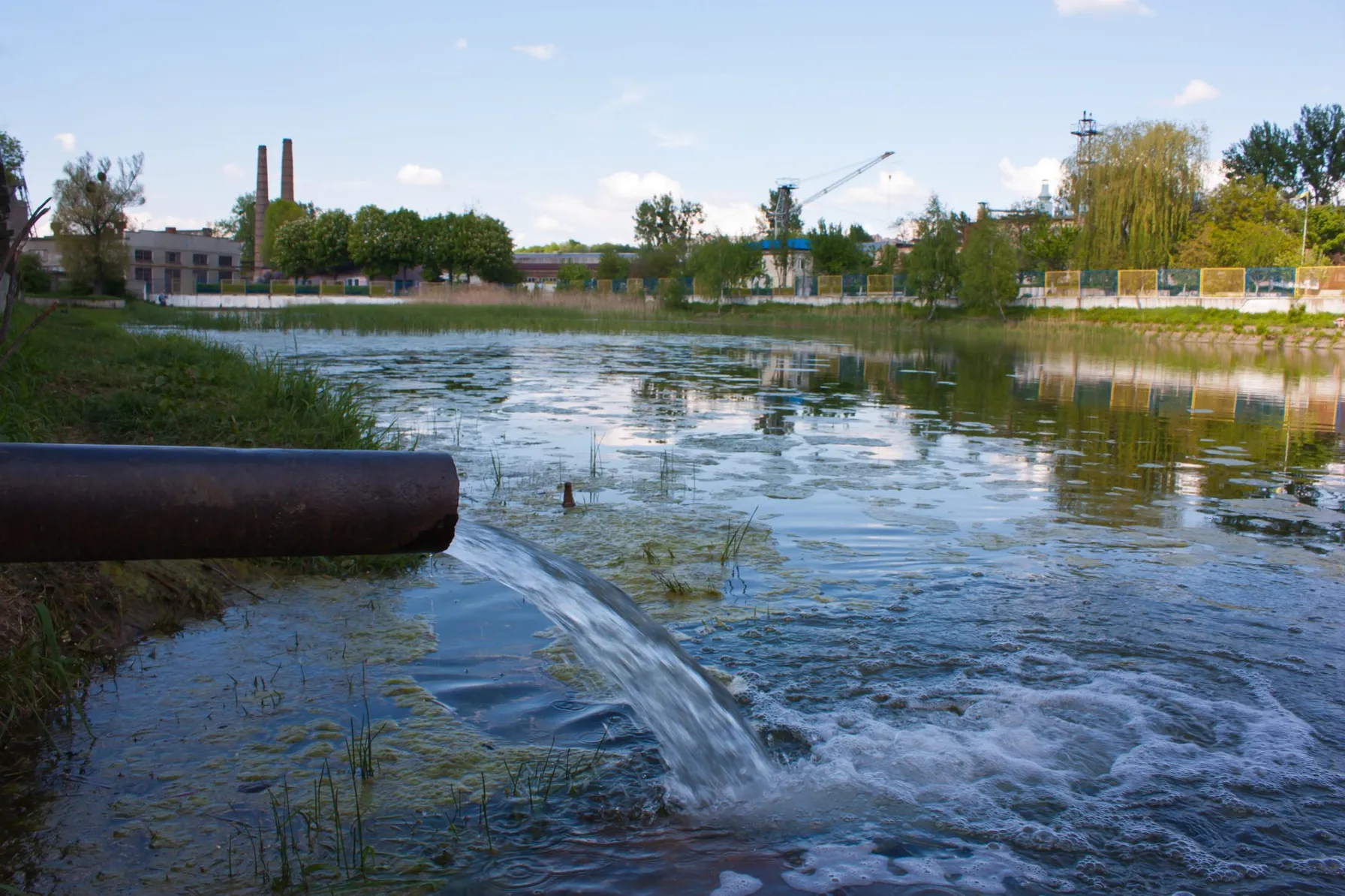
EPA Solicits Comments on PFAS Discharges in Five Point Source Categories
September 23, 2021
EPA solicits comments in five point source categories (PSCs) in the manufacture, use, treatment and discharge of PFAS.

PFAS Air Emissions Standards and Trends for Summer 2021
August 17, 2021
Environmental impacts of PFAS in ambient air leads to states implementing PFAS air-related thresholds.

Cryptocurrency: The Environmental Threats and Opportunities
August 9, 2021
Cryptocurrency (also known as crypto) is taking the fintech industry by storm, despite the economic experts who still dismiss it as a viable form of currency. Although often criticized for this volatility, whistleblowers are also further shining a light on the severe toll that these digital currencies are taking on the environment.

TRC Colorado PFAS Regulatory Update
July 21, 2021
Update on Colorado’s recent policies and plans to regulate new and historical discharges of per- and polyfluoroalkyl substances (PFAS) into the environment.

2021 EPA TRI Reporting Requirements for Natural Gas Processing Facilities
July 12, 2021
Indication EPA finalizing a rule to add natural gas extraction or processing plants to EPCRA Toxics Release Inventory (TRI) reporting.

Implementing bioremediation at environmental cleanup sites: TRC experts weigh in at leading industry conference
May 17, 2021
TRC experts make several presentations at the Battelle conference about innovative approaches they have developed for implementing and monitoring bioremediation and the use of naturally-occurring or deliberately-introduced micro-organisms to break down environmental pollutants.

Interim Guidance on Destruction and Disposal of PFAS & Materials Containing PFAS
February 19, 2021
Interim Guidance from EPA identifies 6 materials that use or manufacture PFAS and approaches for disposal.
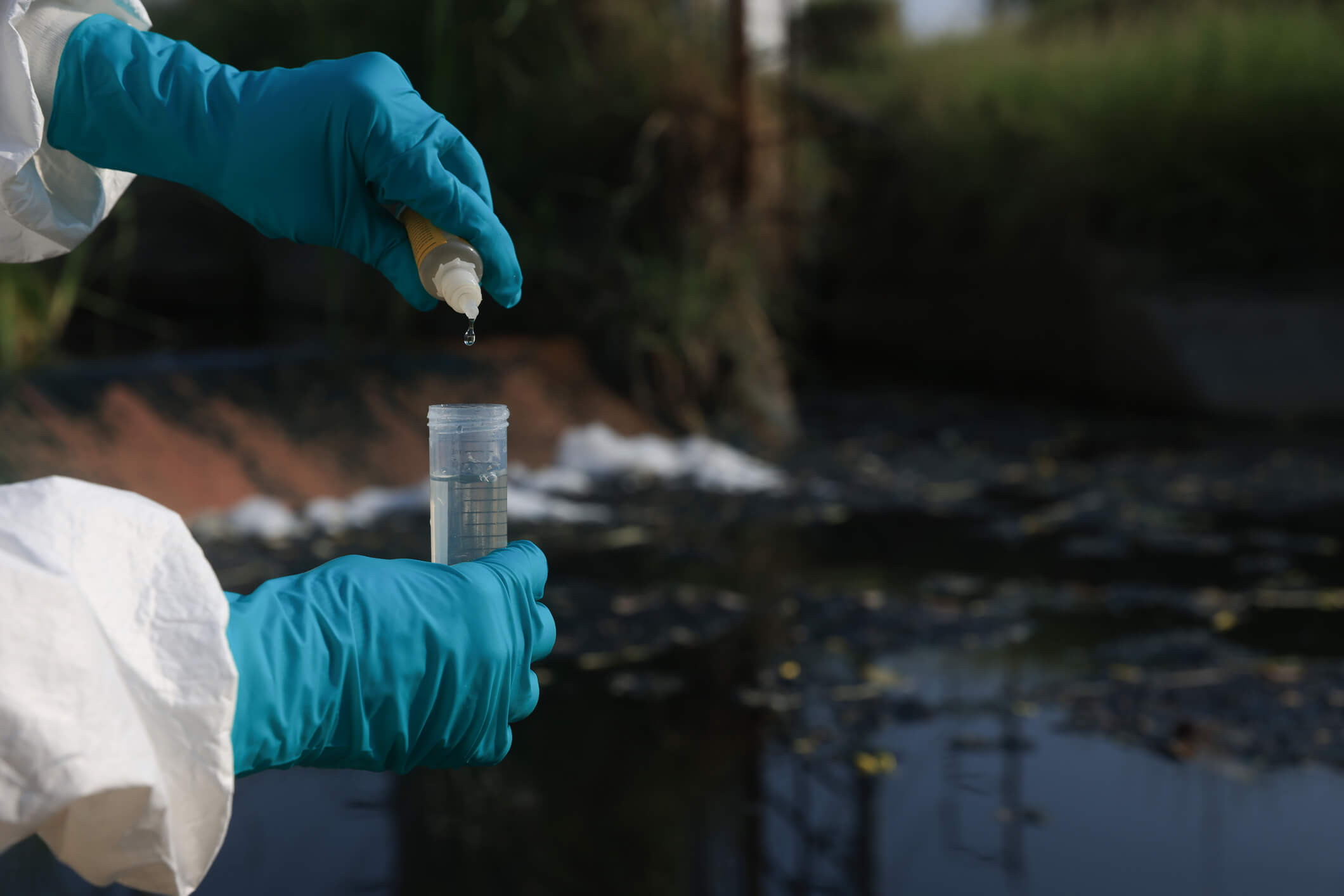
EPA continues to aggressively address PFAS wastewater with two new strategies
January 4, 2021
EPA takes steps toward PFAS wastewater and storm water permitting, and analytical methods for testing.

TRC Companies Inc. Acquires 1Source Safety and Health
November 11, 2020
TRC Companies (“TRC”), a leading technology-driven provider of end-to-end engineering, consulting and construction management solutions, has acquired 1Source Safety and Health, a firm that provides management consulting services in areas such as indoor air quality, asbestos management, industrial hygiene and safety management systems.

Ecological Risk of PFAS from AFFF-Impacted Sites
June 30, 2020
The facts on evaluating exposure to wildlife

TRC’s Reporting Tool Can Help Identify New PFAS under the TRI
May 19, 2020
While utilities often work in technical silos, NERC auditors are trained to cross check compliance evidence and data between interrelated standards.

Mark Robinson
Mark B. Robinson, PE, CHMM, CPEA is the National Service Leader for Chemical Management and Reporting Services for TRC and is located in the Atlanta area. He has over 30 years in consulting and industry EHS experience. He has managed a wide variety of industrial sector projects and programs, including EHS compliance auditing for airbag manufacturers, dairy and food manufacturing/distribution and pulp/paper mills; managing a portfolio of SPCC/FRPs for telecom and petroleum terminals; and complex regulatory reporting across various industries. For the 2020 TSCA CDR season, he supported reporting for the oil and gas industry including refining, asphalt, and import/export; pulp and paper mills; cement plants; and metals smelting industries. Contact Mark at MBRobinson@trccompanies.com.

Joyce Peterson
Joyce Peterson sits in our Greenville, South Carolina, office and has over 38 years of civil and environmental engineering experience. She has extensive experience with mostly industrial clients in the areas of RCRA, CERCLA, TSCA-PCBs, and CCR. Specific work areas include waste management planning, hazardous waste characterization and compliance, unit closures, release investigations, corrective measures/feasibility studies, corrective measures/remedial action implementation, risk assessments, permitting, and statistical evaluation of data. Contact Joyce at jpeterson@trccompanies.com.


